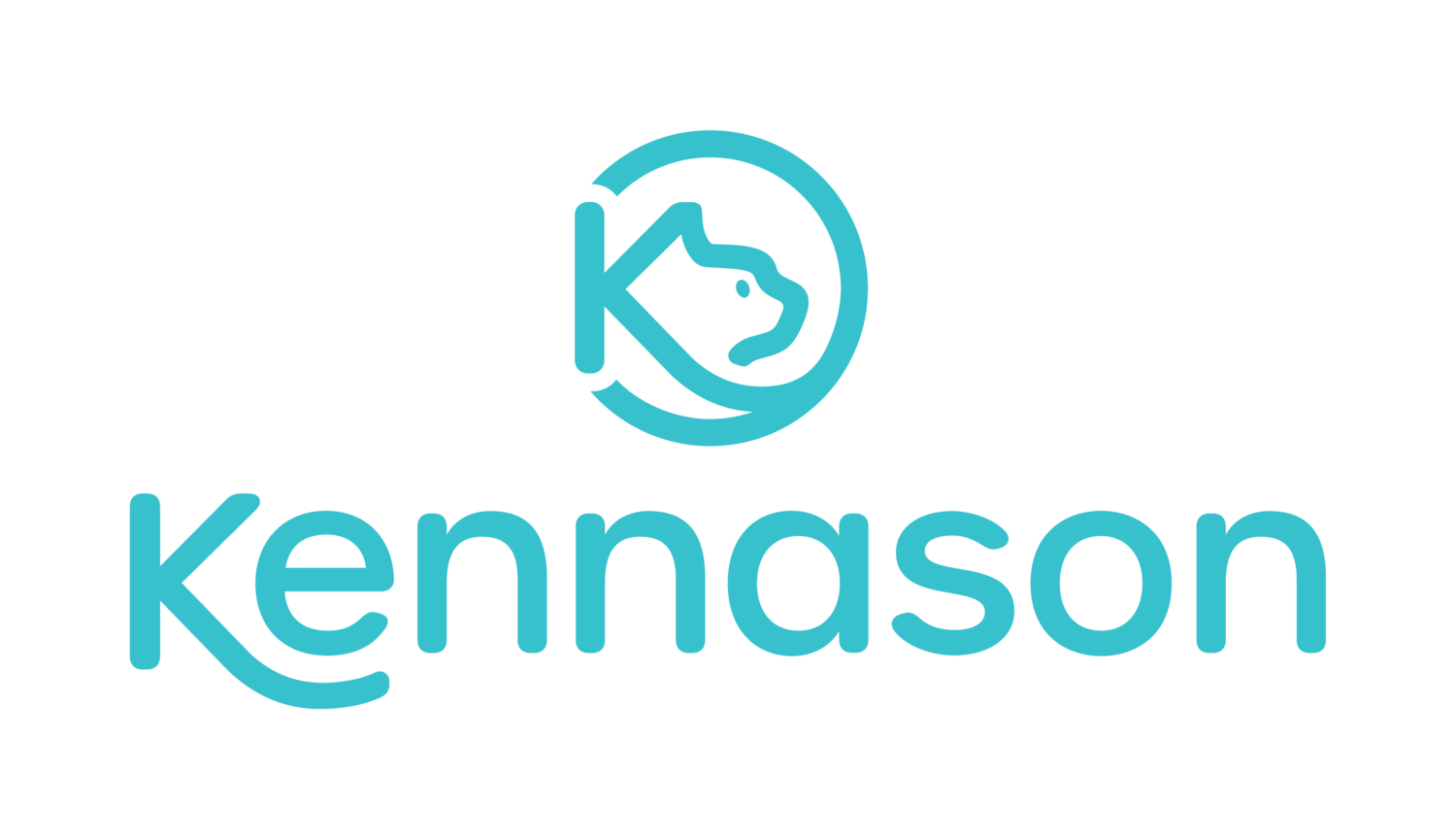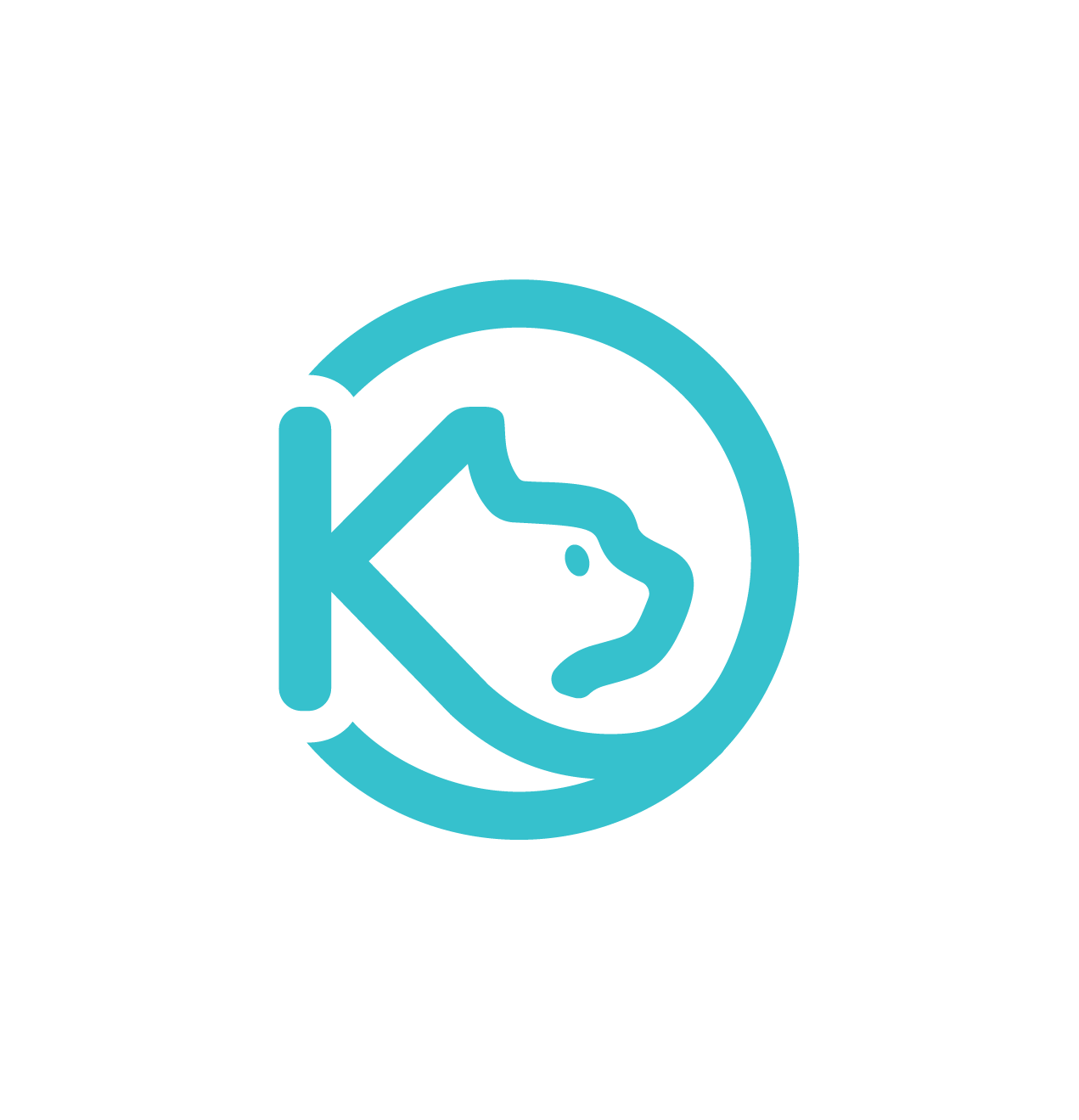Authenticity over formality
Photo by ZACHARY STAINES on UnsplashFormal interactions have drawbacks
If you, like me, were trained in academic research, you are extra aware of biases we can introduce to human research when we don’t replicate participant sessions identically — if we don’t follow a script, or if we show too much of ourselves.
The upside to formal research is scientific rigor. It lets you statistically measure results with confidence, knowing that you, as the moderator, didn’t introduce extraneous variables inadvertently. However…
Formal research always felt wrong for me. It felt transactional. Robotic. Sometimes even rude. When I switched from academic research to UX research in the mid-2010s, it felt amazing to throw away the script — both literally and figuratively.
Embracing authenticity
When you’re leading interviews and discussion groups, remember that the people participating in the research are your thought partners. They have lived experiences and opinions. They aren’t “subjects” to provide you with what you need.
In practice, this means:
Being transparent: Let people know what to expect in the research session, and tell them how you intend to use the information you learn.
Being honest about recordings and observers: Get permission about recordings, and inform people when other people might be listening in live, or listening to recordings later. (If you take any advice from me, let it be that the “two-way mirror” attitude to human research is not the way to go.)
Being flexible: Encourage people to take the conversation in whatever direction makes sense for them (within reason, of course).
Not overpacking the agenda: Limit your highest-priority research questions so you stay open and alert, not scrambling — I don’t enjoy stressing about cramming too many questions or activities into an hour, and people can surely feel that rushed energy.
Being aware of power dynamics: Stay mindful of treating participants as equals; you are not more knowledgeable because of your position as the researcher — the sessions are discussions, not interrogations.
I always encourage product and service researchers to consider better ways to connect with people and listen well. It’s possible to be aware of biases and limit those, while still being human — it mostly comes to staying open, flexible, and gracious.
Want to shift from tired and stressed researchers and participants to meaningful co-design? Please reach out if you want help with crafting and humanizing your organization’s research practice!


